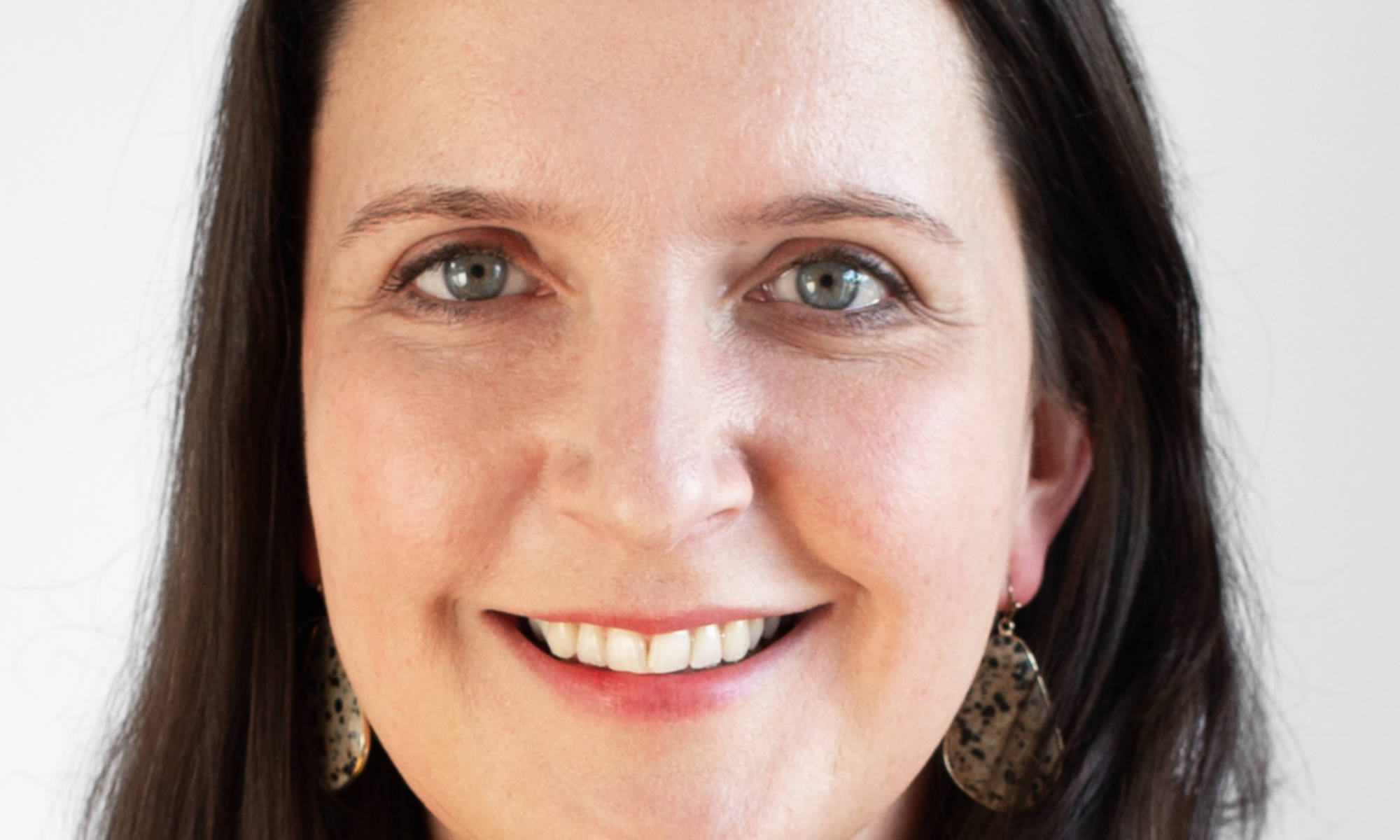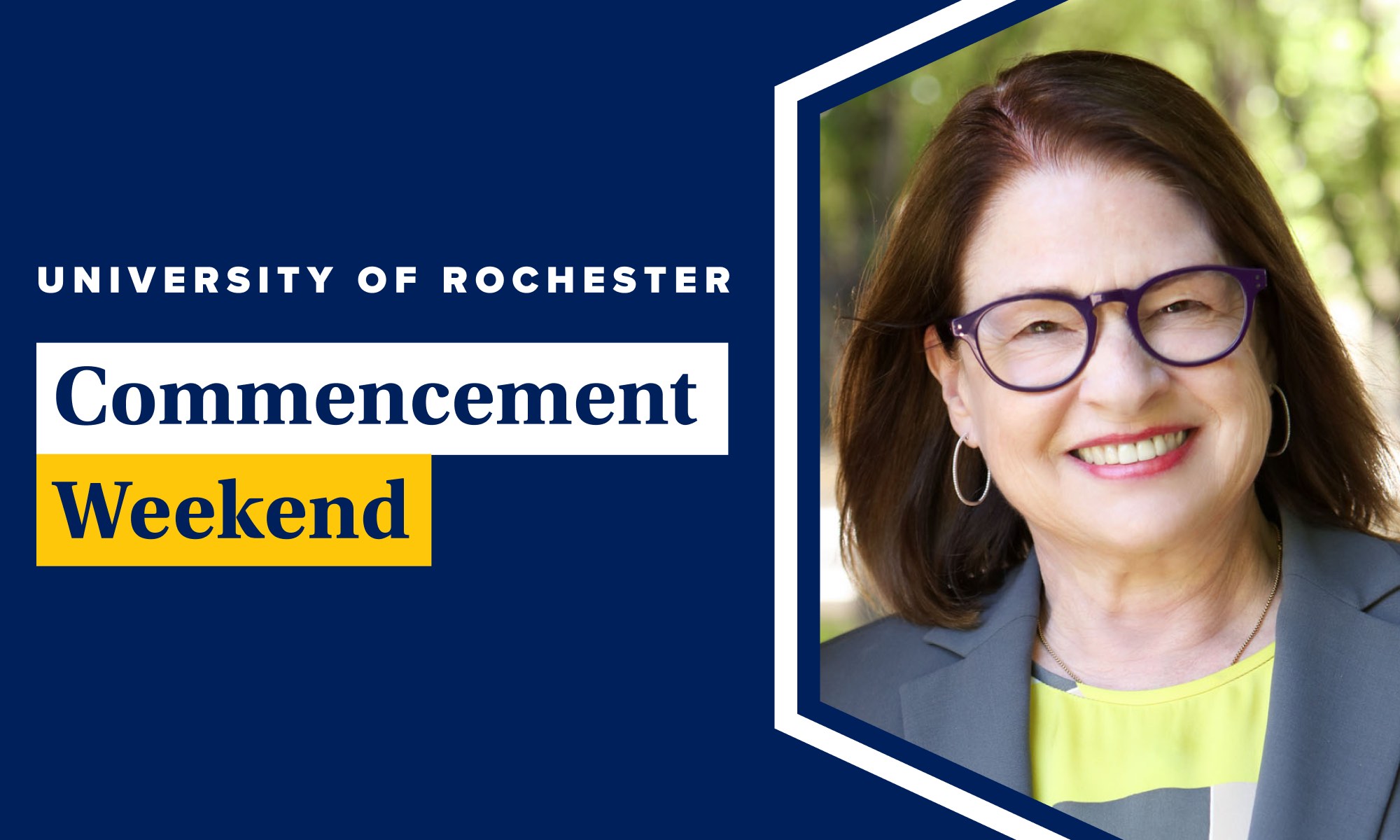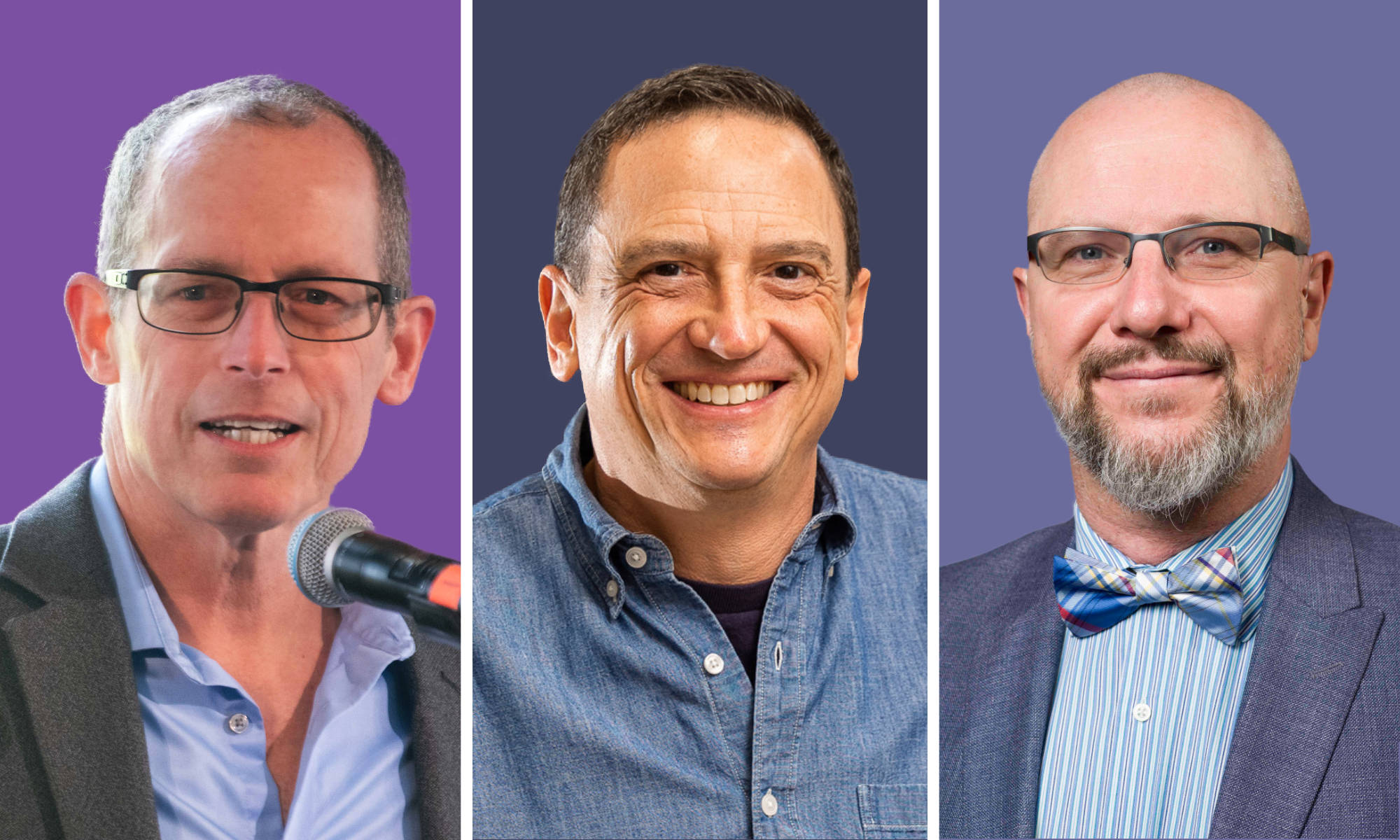Sandra (San) Cannon’s job is to help the University of Rochester make better use of the mountains of data generated by hundreds of individual clinics, research labs, academic departments, and administrative offices.
“There are lots of places around the University where data live, where data should live, where data don’t live. People are really struggling to figure out how to do better with what we have—in keeping with Meliora—but not really understanding how all the pieces fit together in the data landscape,” says Cannon, the University’s first chief data officer and associate vice provost for data governance.
A trained economist, Cannon sees the challenges as an optimization problem: “Everyone is doing a fantastic job in their own part of the University, optimizing their local problem, doing what’s best for the function they’re charged with fulfilling, not realizing that those local optima are not necessarily contributing to a global optimum.
“That’s why this new role of chief data officer is really important. I’m charged with connecting the dots, figuring out how we can coordinate data management in a way that actually allows the larger University to make better use of its data—in short, helping people to understand the bigger picture.”
Cannon’s work is anticipated to result in:
- Better decision making at all levels. “We seem to have a lot of places where people are doing the best they can, making decisions with the data that they have, but not understanding that there are other data in the University and in the outside world that could contribute to that.”
- Greater consistency in how data is defined, and greater efficiencies in how it is gathered.
- Broader depth of analysis. “We need the dashboards and the charts and tables that keep the University running, but once we actually get all of the data organized and understood, there will be a capacity for using data science and predictive analytics to go beyond that, to doing analysis and making predictions we’re not able to do now because we don’t have the data shaped in a way that would support that.”
Cannon started July 1 after serving 24 years in data management and research positions with the Federal Reserve System.
In announcing Cannon’s appointment, Rob Clark, provost and senior vice president for research, said he was enthusiastic about her joining the University: “She brings a wealth of experience from the Federal Reserve in this domain with an incredible understanding of the importance of technology, people and culture for our success.”
At the Fed, Cannon dealt with similar data management issues similar to those that the University is addressing. At data conferences, she has heard “presentation after presentation” about the challenges corporations face because marketing departments, for example, have different data to define customers than the billing departments have.
“In just about every organization that I’ve talked to or worked with, everyone thinks they’re the only ones with silos. But they’re not. Everyone’s trying to figure out what makes sense for their institution.
“So, this issue is not unique to this university, though it may be a bit more extreme because of the culture of each school operating independently,” she says. “We’ve got tons of shadow systems that have popped up.”
Working in the University’s favor, she says, is that “people here started this journey several years ago. There’s already been a ton of groundwork.”
Grasping the ‘pain points’
The magnitude of this task, you might think, will leave Cannon little time to worry about the plight of the individual researh coordinator or administrative assistant, toiling to manually update outdated spreadsheets because they don’t know where else to turn.
Think again.
“I want to hear from the people who are actually struggling with this data, day to day,” says Cannon, “Who are the people who have built those spread sheets because they had no other choice? What would be helpful for you? These are the pain points I need to understand.”
The data governance page at the Provost Office website has just been updated to make it easier to provide this kind of feedback.
Cannon says she can’t promise to make everybody’s experience with data management better. But she’s a firm believer in a concept called Pareto improvement, named after an Italian engineer and economist.
“If I can make one person better off, without making anybody else worse off, then it’s a net gain to the University.”
About Sandra (San) Cannon
“People ask me where I’m from,” San Cannon says. “And I say: ‘Pick a year.’” She:
- Grew up in Billerica, Massachusetts, a suburb of Lowell.
- Was an undergraduate in economics at University of California-Irvine.
- Earned a master’s degree in economics from the London School of Economics.
- Received her PhD in economics from University of Wisconsin-Madison.
- Worked 20 years with the Federal Reserve in Washington, D.C.
- Worked the last four years with the Federal Reserve Bank in Kansas City.
Cannon offers a few personal details as well:
- Cannon has been married 29 years to her husband, Frank. They have two grown children.
- After two years, Cannon is “still being trained” by her rescue dog, a beagle mix named Buddy.
- She’s a “huge” fan of mysteries, science fiction, and historical fiction. Her favorite authors are Sharon Kay Penman, Christopher Moore, and Neil Gaiman. “I read just about everything they write.”
- She’s also a runner. “Ten-milers and half-marathons have traditionally been my distances.”
- She likes to knit. “I’m very excited to live someplace where I can wear some of the things I have knit over the years.”



